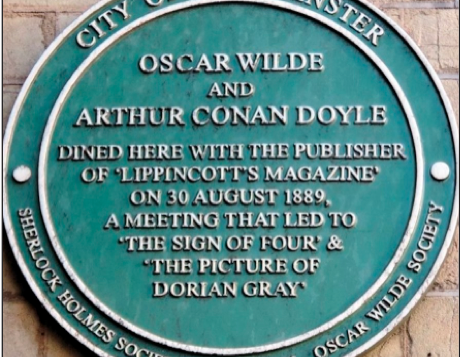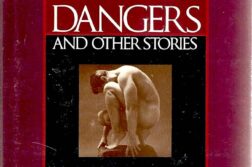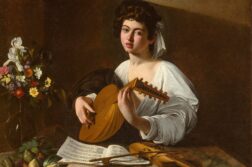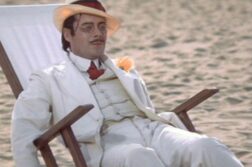THE MOST consequential literary dinner of the English fin de siècle took place at the Langham Hotel in London in late August 1889, attended by Oscar Wilde and Arthur Conan Doyle and hosted by the editor of Lippincott’s Monthly Magazine, Joseph Stoddart, who was in England to solicit contributions from British authors. The result was a commission from Stoddart to write two short novels: The Picture of Dorian Gray, which appeared in the February 1890 issue of Lippincott’s; and the second Sherlock Holmes novel, The Sign of Four (July 1890). The dinner was the first meeting of the two authors, and by all accounts each enjoyed the other’s company. Doyle called the occasion “a golden evening for me.”
At first glance, Wilde and Doyle seem the quintessential literary odd couple: the literary æsthete, trailing clouds of French décadence, and the stereotypical Victorian man: a hearty cricket-playing defender of the British Empire, opponent of women’s suffrage, and creator of the hyper-rationalist Sherlock Holmes. Other than sharing hansom cabs and impressionistic fog-shrouded streets dimly lit by gas lamps, the worlds of Dorian Gray and Sherlock Holmes could scarcely have been more different. And yet, the two writers’ works have more in common than one would suspect. Sherlock Holmes, especially in the early stories, exhibits many characteristics of the fin-de-siècle æsthete: addiction to cocaine (Dorian Gray develops an opium addiction) and an interest in the arts that includes playing the violin, attending concerts and the opera, and viewing an exhibition of Modern Belgian masters at a London art gallery. Doyle’s link to the age of The Yellow Book and the green carnation—which are associated with Wilde—are evident in the title of the first Holmes novella, A Study in Scarlet, which echoes the title of Wilde’s essay “Pen, Pencil, and Poison: A Study in Green,” featuring the artist and poisoner Thomas Griffiths Wainewright. These similarities have all been noticed before.
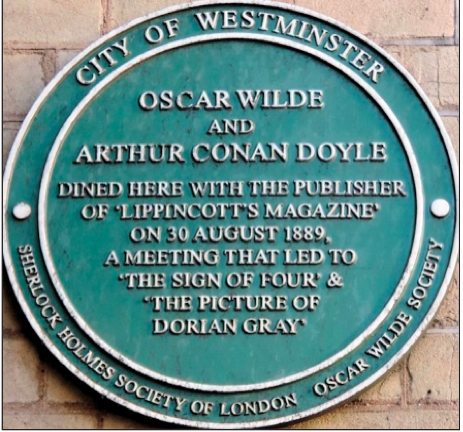
Nils Clausson, emeritus professor of English at the Univ. of Regina (Saskatchewan), is the author ofArthur Conan Doyle’s Art of Fiction: A Revaluation (2nd ed., 2019).


